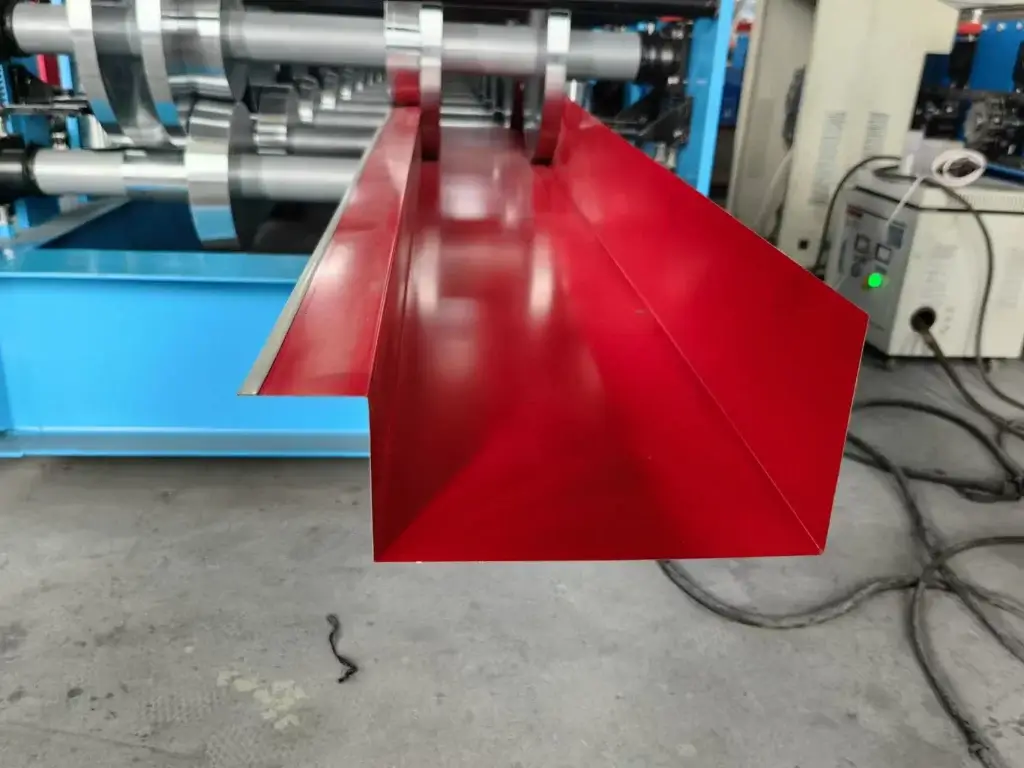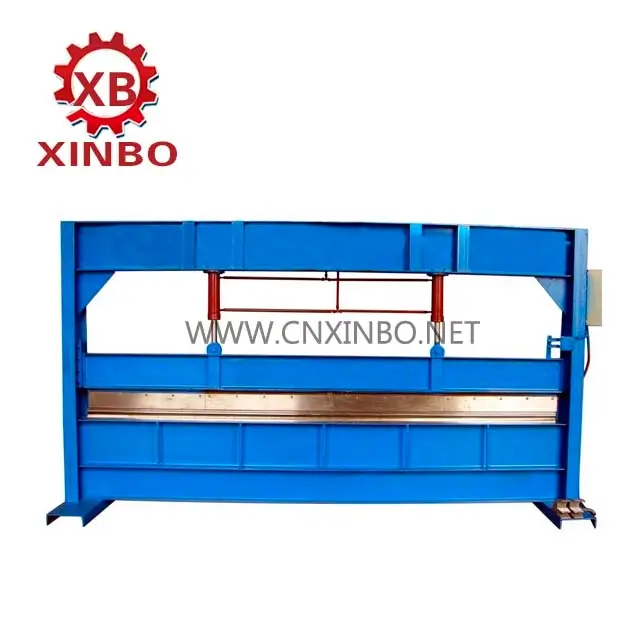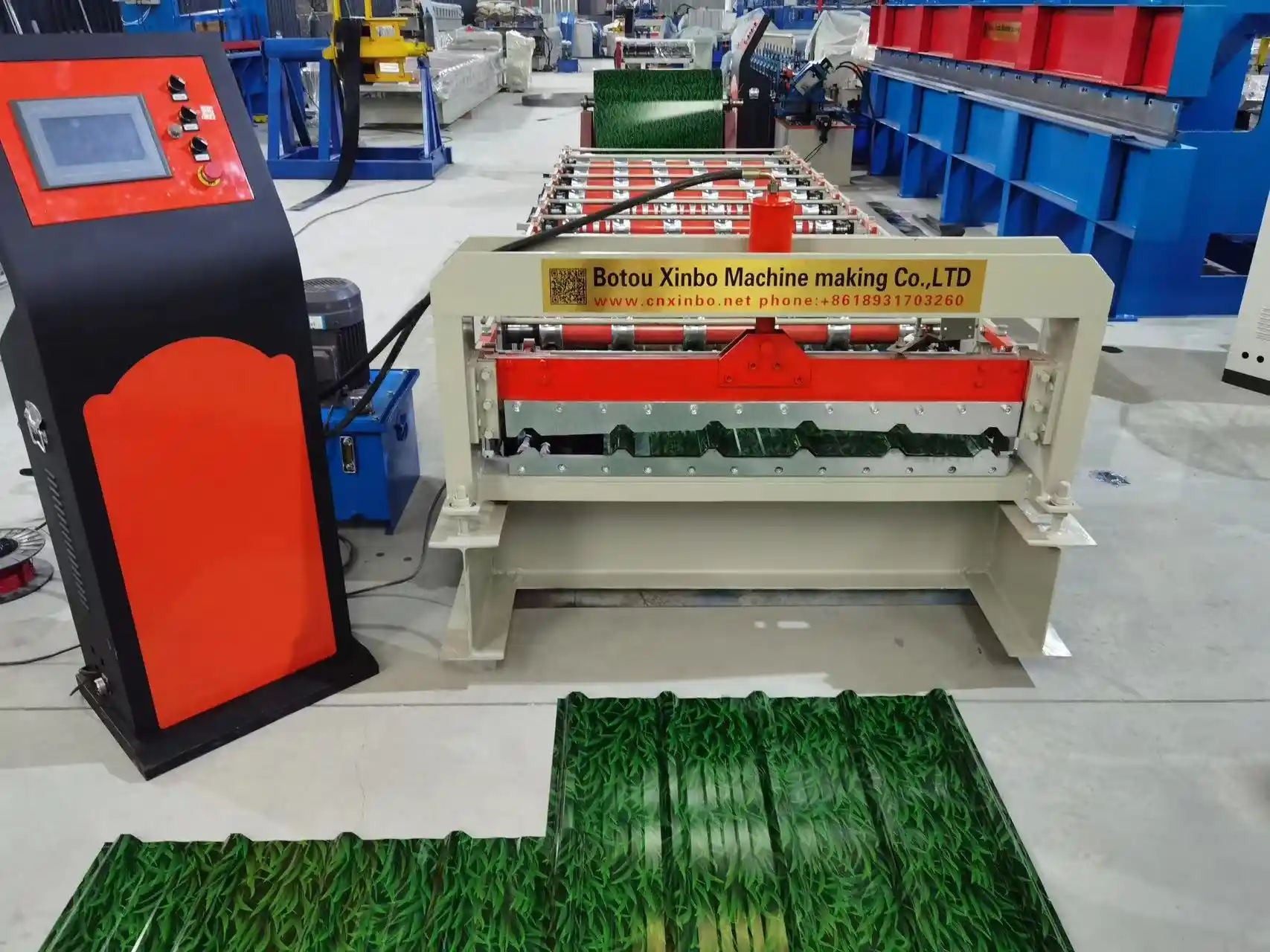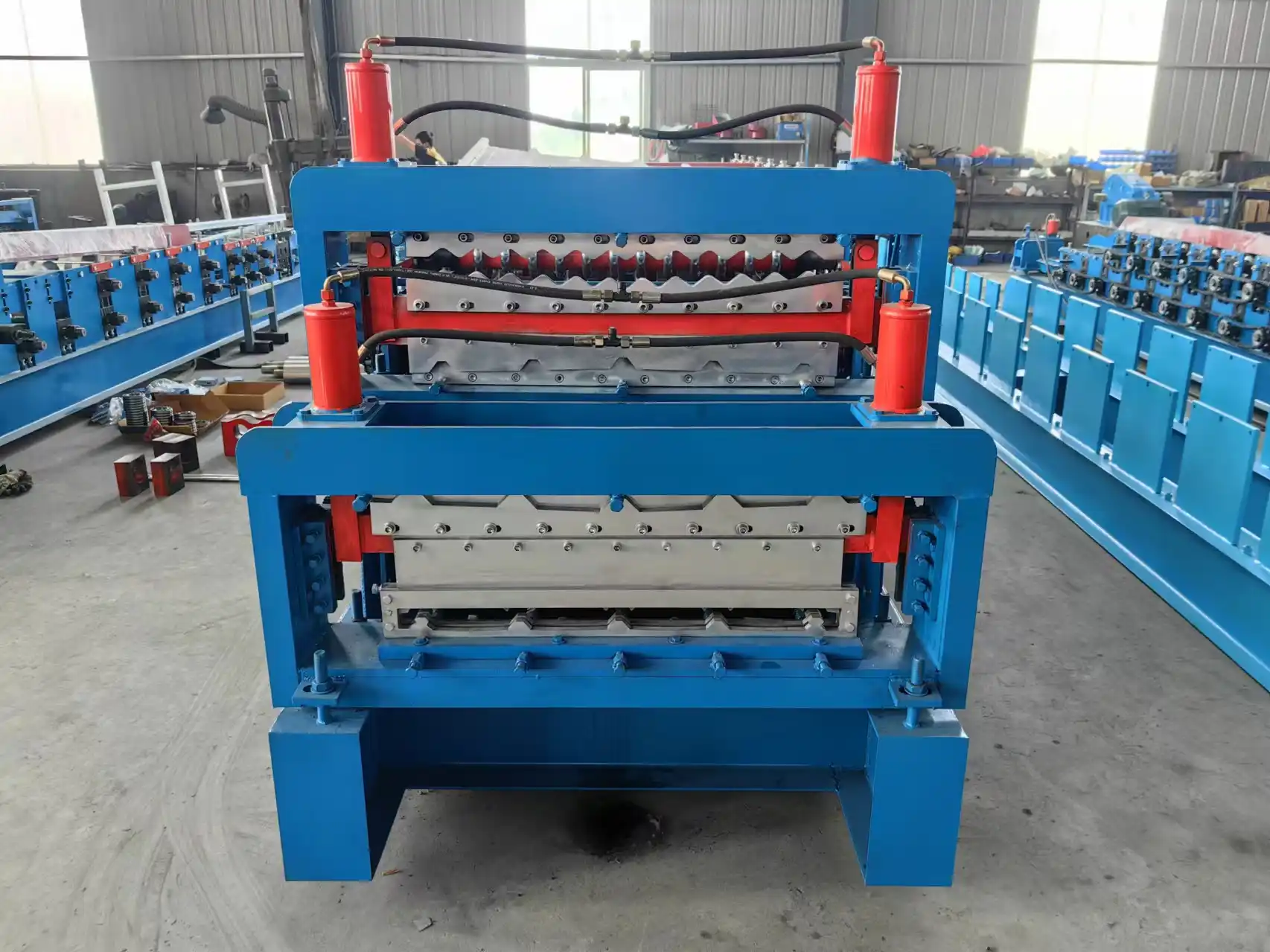Roll Forming Machine: Top Strategies for Precision Molding
Importance of Precision in Roll Forming Machines
Why Precision Matters
Precision in a Roll Forming Machine is not just a matter of producing accurately dimensioned components; it is the cornerstone of efficiency and quality. The role of accuracy in production cannot be overstated as it minimizes material waste and reduces the need for subsequent modifications, which can be costly and time-consuming. Moreover, precise molding ensures that each product meets the required specifications, leading to higher customer satisfaction and fewer returns or complaints.
The impact of precision on product quality is profound. High accuracy ensures that the final products are consistent in dimensions, which is crucial for industries like automotive and construction where uniformity is critical. This consistency helps in maintaining the structural integrity and overall performance of the components produced. Additionally, precision in molding translates to a smoother production process, enhancing the throughput without compromising the quality of the output.
Challenges in Achieving Precision
Achieving precision in a Roll Forming Machine is fraught with challenges. One, common issues like material inconsistencies, machine wear and tear, and external vibrations can derail the accuracy of the molding process. Another is temperature fluctuations, which can cause the metal to expand or contract unpredictably, leading to deviations in the final product dimensions. Additionally, the operator’s skill and machine settings play significant roles in maintaining precision.
Solutions and workarounds are essential to mitigate these challenges. Regular calibration of machinery ensures that any deviations are corrected promptly. Implementing advanced technological solutions like automated controls can standardize operations, reducing human error. Utilizing high-quality materials can also mitigate issues related to inconsistencies and wear. Efficient training programs for operators ensure they are well-versed with the nuances of the machine settings and can handle common issues adeptly.
Key Features of Advanced Roll Forming Machines
Technological Enhancements
Modern Roll Forming Machines come with a suite of technological enhancements designed to improve precision and efficiency. Automated controls are one such advancement that allows for the consistent production of components with minimal human intervention. These systems can adjust settings in real-time to account for any variations in the material or production environment, thereby maintaining high levels of accuracy throughout the process.
Real-time monitoring is another technological feature that significantly boosts precision. Sensors and advanced software continuously track various parameters such as temperature, pressure, and material feed rates. This data is analyzed in real-time to make necessary adjustments, ensuring the final product adheres to the specified dimensions and tolerances. Such systems also help in predictive maintenance, identifying potential issues before they become significant problems, thereby minimizing downtime and improving overall efficiency.
Durability and Maintenance
The durability of a Roll Forming Machine is directly linked to the quality of materials used in its construction. High-grade metals and alloys ensure that the machine can withstand the rigors of continuous operation without significant wear and tear. This longevity not only enhances the machine’s life span but also maintains its precision over time. Investing in quality materials initially can lead to substantial savings by reducing the frequency and cost of repairs and replacements.
Regular maintenance protocols are essential to ensure that a Roll Forming Machine operates at peak efficiency. Routine inspections can identify minor issues before they escalate into major problems. Lubrication of moving parts, timely replacement of worn-out components, and calibration of settings are some of the maintenance tasks that should be performed regularly. Following these protocols ensures that the machine remains in optimal condition, thereby maintaining its precision and efficiency over extended periods.
In conclusion, the precision of a Roll Forming Machine is critical for producing high-quality components efficiently. While achieving this precision comes with its challenges, advancements in technology and adherence to regular maintenance protocols can significantly enhance the machine’s performance and longevity.
Essential Tips for Operating Roll Forming Machines

Operating a Roll Forming Machine efficiently requires implementing a series of best practices. These practices not only increase the lifespan of the machinery but also ensure high-quality production output. Here, we present some essential tips for operating roll forming machines with a focus on pre-operation checklists, during operation best practices, and post-operation procedures.
Pre-Operation Checklists
Inspecting Components
Before commencing operation, it is crucial to inspect all components of the Roll Forming Machine. Examine the rollers, bearings, and drive mechanisms for any signs of wear and tear. Checking for any loosened screws or damaged parts can prevent unforeseen downtimes and maintain the integrity of the machine. Ensure that all safety guards are in place and functional, reducing the risk of accidents. Additionally, verifying the alignment of the rollers can help in maintaining the precision of the molded components.
Setting Parameters Correctly
Configuring the machine parameters correctly is crucial for ensuring precision and efficiency. Input the desired specifications for the material thickness, speed, and other relevant settings accurately. Incorrect settings can lead to material wastage and substandard outputs. Make sure to double-check the measurements and calibrate the settings as per the requirements of the production run. This step also involves setting the right tension and pressure levels, which are critical for achieving uniform and accurate molding.
During Operation Best Practices
Monitoring Performance
Constantly monitoring the performance of the Roll Forming Machine during operation is essential to maintain efficiency and precision. Utilize real-time data and sensor feedback to track key performance indicators such as temperature, pressure, and material feed rates. Any deviations from the set parameters should be rectified immediately to avoid compromising the quality of the final product. Regular monitoring helps in early detection of issues, thereby minimizing wastage and downtime.
Adjusting for Variances
Despite best efforts, variances can occur during the production process. Being proactive in adjusting for these variances is crucial. If you notice inconsistencies in the material or deviations in the finished product dimensions, make immediate adjustments to the machine settings. This may involve fine-tuning the roller alignment, adjusting the material feed rate, or modifying the pressure settings. Real-time adjustments ensure that the production process continues smoothly while maintaining the desired precision.
Post-Operation Procedures
Cleaning and Storing Equipment
Post-operation procedures are equally important for maintaining the efficiency and longevity of the Roll Forming Machine. Once the production run is completed, thoroughly clean the machine to remove any material residues and debris that may have accumulated. Proper cleaning prevents material build-up that can affect the machine’s performance in subsequent runs. Store the equipment in a clean, dry environment to avoid corrosion and other damage. Proper storage practices prolong the lifespan of the machine components, ensuring consistent performance.
Reviewing Production Output
After completing a production run, it is vital to review the output for quality assurance. Inspect the molded components for uniformity in dimensions and adherence to specified tolerances. Documenting any deviations or issues can provide valuable insights for future production runs. This step helps in identifying patterns or recurring issues that need to be addressed. Regularly reviewing the production output ensures continuous improvement in the manufacturing process and high customer satisfaction.
Xinbo: Leading the Way in Roll Forming Technology
Introduction to Xinbo
Xinbo stands as a pioneering entity in the realm of Roll Forming Machines. With years of experience and a commitment to excellence, Xinbo has earned a reputation for delivering high-quality, reliable machinery. Their advanced technologies and innovative solutions have set new standards in the industry, making them a preferred choice for companies looking to achieve precision molding.
Innovative Solutions by Xinbo
Xinbo continually invests in research and development to introduce cutting-edge innovations in Roll Forming Machines. Their machines are equipped with state-of-the-art features such as automated controls, real-time monitoring, and advanced sensors. These innovations not only enhance precision but also improve the overall efficiency of the production process. Xinbo’s commitment to technological advancement ensures that their clients remain at the forefront of their respective industries.
Customer Support and Service Quality
Aside from delivering high-quality machinery, Xinbo is renowned for its exceptional customer support and service quality. They offer comprehensive after-sales services, including regular maintenance, troubleshooting, and technical support. Their team of experts is always ready to assist clients in optimizing their Roll Forming Machines for the best performance. Xinbo’s dedication to customer satisfaction underscores their position as a leader in roll forming technology.
In conclusion, adhering to essential operation tips and leveraging advanced technologies from industry leaders like Xinbo ensures that Roll Forming Machines operate at peak precision and efficiency. From pre-operation checklists to post-operation reviews, each step is crucial in achieving high-quality outputs and maintaining the longevity of the machinery.
Related Posts

Good quality
XinBo machine making CO. LTD is a professional manufacturer and exporter in roll forming machine,
VIEW MORE→

 Spanish
Spanish Russia
Russia








